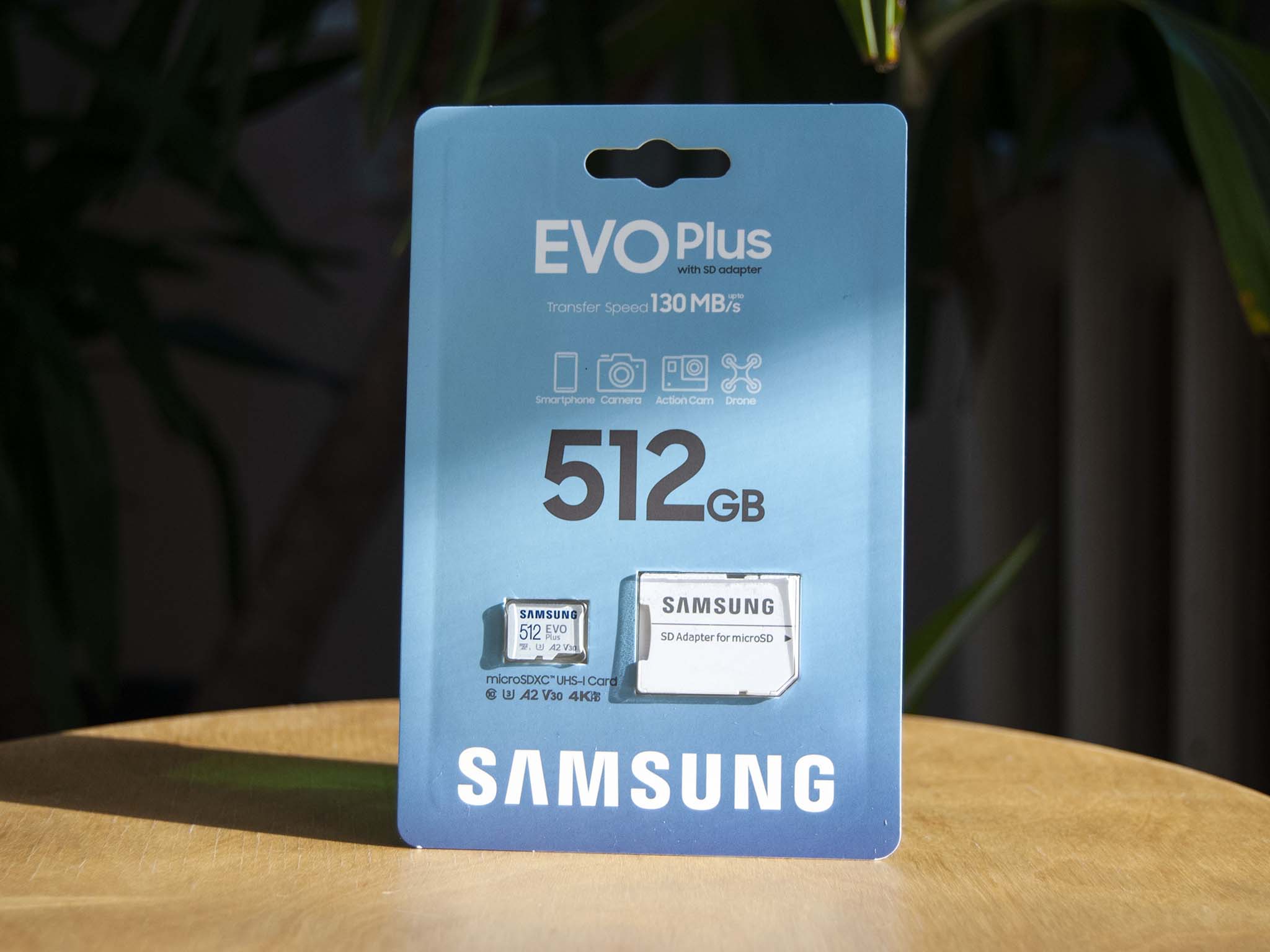Samsung's EVO Plus lineup of compact microSD cards has long been a favorite of anyone looking for an affordable, portable storage solution. The microSD cards received a refresh late 2021, the first in a few years. While you can still find the older cards at plenty of retailers, the newer version advertises better transfer speeds, better protection against elements, and a price that's hard to beat. I have the largest 512GB version of the Samsung EVO Plus microSD in for testing; here's what you need to know.
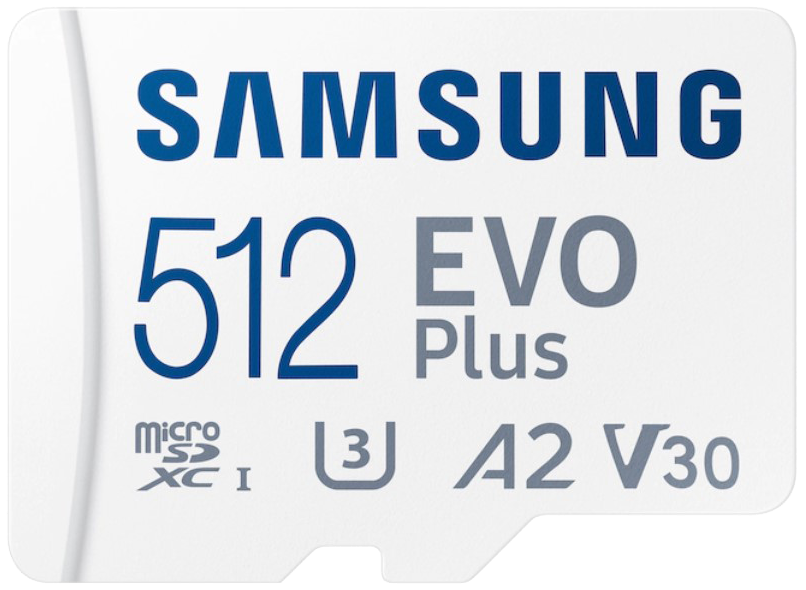
Bottom line: The new Samsung EVO Plus released late 2021 won't hit advertised transfer speeds without Samsung's reader, but it still offers steady performance. A 10-year warranty is generous, and six-proof protection helps safeguard your data. Grab the microSD cards in 64GB, 128GB, 256GB, and 512GB sizes.
For
- Six-proof protection
- 10-year warranty
- Competitive price
- Multiple capacities available
Against
- Requires Samsung reader to hit advertised speeds
- 64GB version has lesser specs
Samsung EVO Plus microSD (2021): Price, availability, and specs
Samsung supplied Windows Central with a review unit of its new EVO Plus microSD card, refreshed late 2021. Shopping directly from Samsung, the 64GB version costs $14, the 128GB version costs $20, the 256GB version costs $35, and the largest 512GB version costs $80.
You can also find the 2021 models at major retailers like Newegg, Best Buy, and Walmart. Amazon seems to still be holding onto the older cards with red color. The 2021 models are white with blue and grey font.
| Category | Spec |
|---|---|
| Form | microSDXC |
| Speed | UHS-I U3A2, V30, C10 |
| Capacity | 64GB, 128GB, 256GB, 512GB |
| Maximum read | 130MB/s |
| Maximum write | 130MB/s |
| Durability | Water-proofTemperature-proofX-ray-proofMagnet-proofDrop-proof10,000 insertions |
| Warranty | 10 years |
Samsung EVO Plus microSD (2021): What I like
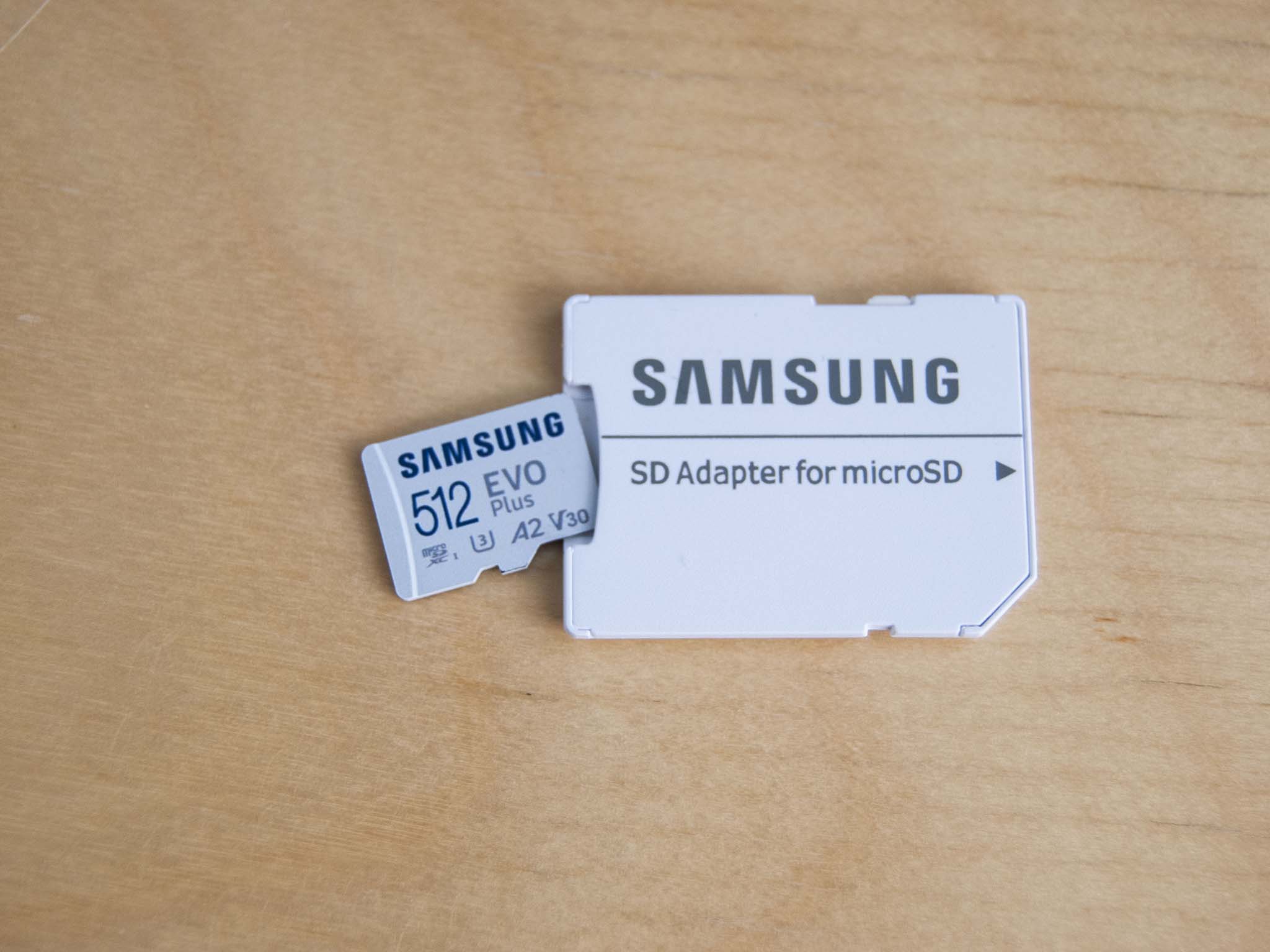
The Samsung EVO Plus is a UHS-I microSD card, which generally offers the right level of performance for most people. UHS-II cards are significantly more expensive, and they require a rarer UHS-II reader to hit maximum performance. You'd likely want a UHS-II card for video work; for most other casual tasks, a good UHS-I card will save you money.
The new Samsung EVO Plus has a 10-year warranty, plenty of environmental protection.
Compared to the older EVO Plus cards, the 2021 versions now have two extra "proofs" to boost durability. On top of being able to withstand up to 72 hours in seawater, operating temperatures from -25C to 85C, airport X-ray scans, and MRI-level magnets, the new cards add 5-meter drop protection and at least 10,000 insertions.
Samsung tacks on a 10-year limited warranty with these cards, which is quite generous and shows it's confident in its product. The full-size SD adapter that comes with the microSD card doesn't share the same guarantees, but these are cheap and easy to replace should it fail.
The new EVO Plus 128GB, 256GB, and 512GB versions now have an A2 class rating that means they're best suited for use with apps on a phone, tablet, or PC. If you're looking for, say, the best microSD card for Surface Go 3, this one should be a contender. They also have Class 10 speed, U3 UHS speed, and V30 video speed ratings, making them best suited for FHD content. The cheapest 64GB version is capped at U1, V10, A1, and Class 10, making it far less impressive. I recommend sticking with 128GB and up.
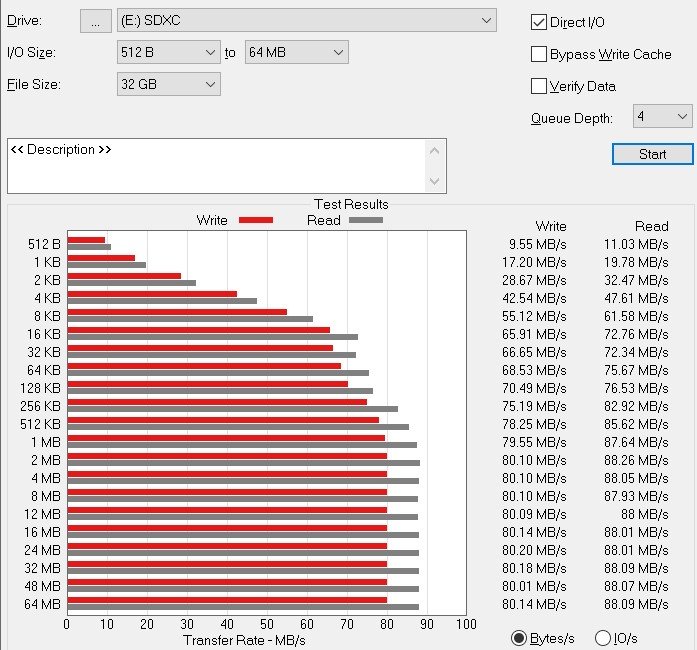
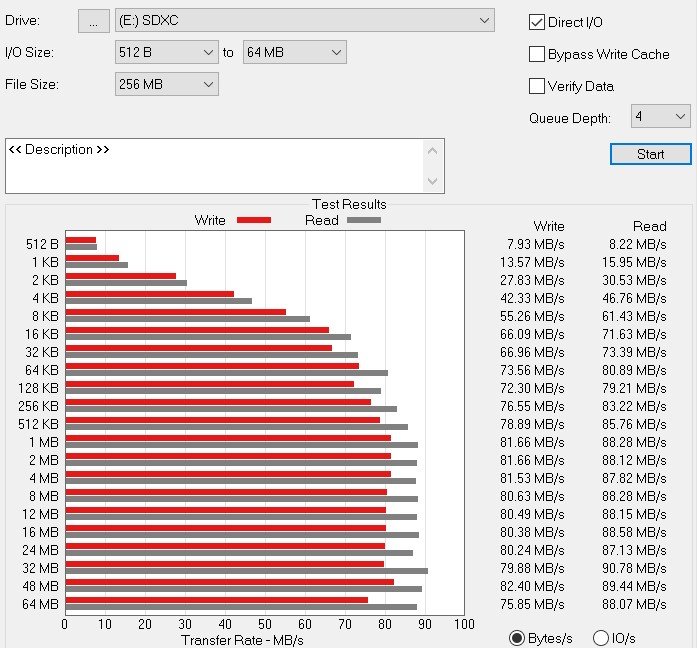
Performance results using ATTO Benchmark are solid, with performance steady in both small (256MB) and large (32GB) file sizes. As we'll see in the next section, raw transfer speeds aren't quite up to what's expected.
Samsung EVO Plus microSD (2021): What I don't like
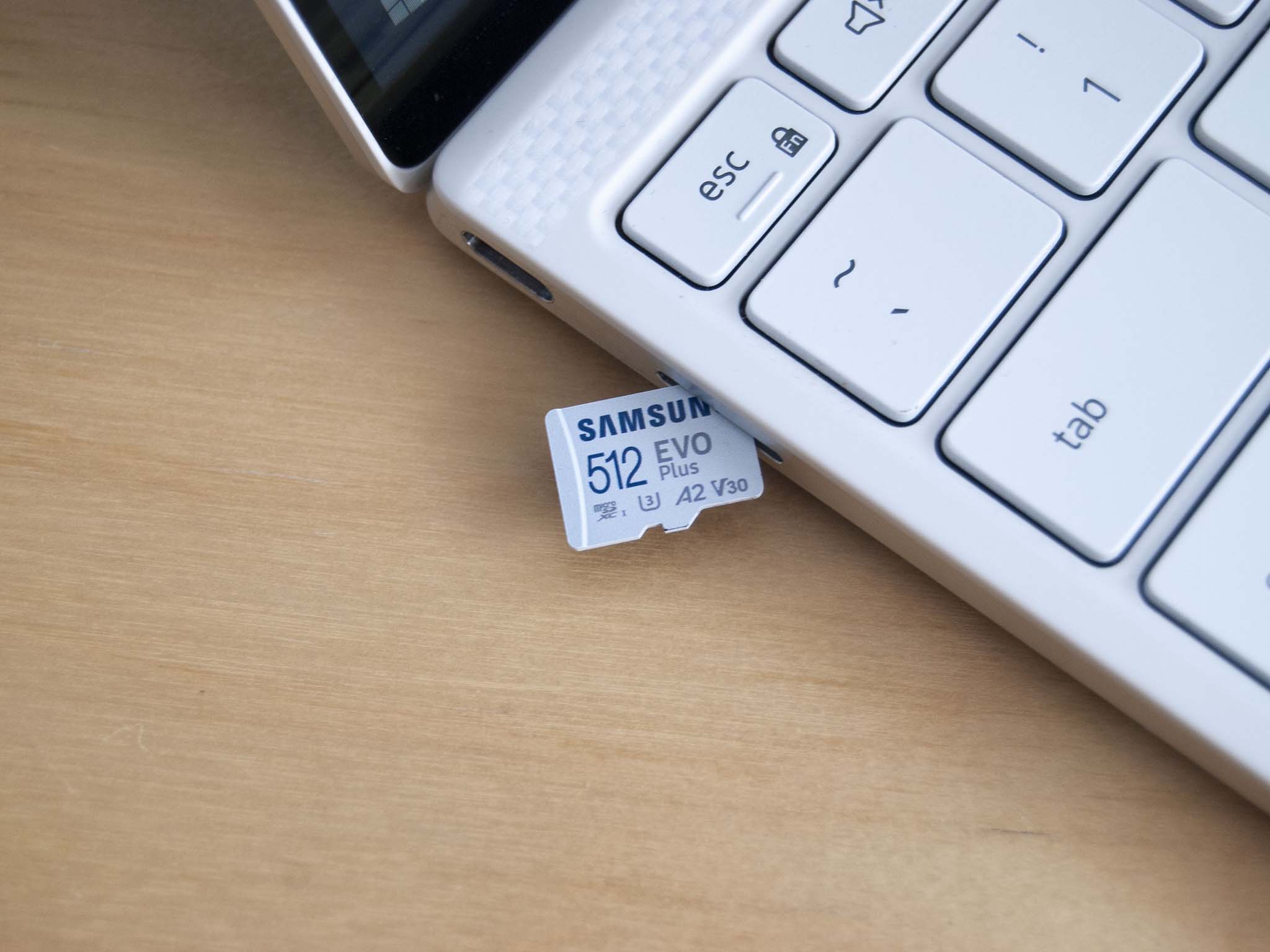
Samsung advertises its new EVO Plus cards as being able to hit 130MB/s transfer speeds. UHS-I, however, tops out at 104MB/s. Samsung is able to advertise this by using proprietary technology to suck every last ounce of performance out of its cards. You can buy Samsung's specialized card reader separately, but if you're just using a regular UHS-I card reader, speeds are going to be much closer to the actual 104MB/s limit.
I was only able to hit about 95MB/s read speeds in CrystalDiskMark. I tested three different microSD card readers, both UHS-I and UHS-II, and received the same results. I tested with a 1GiB and a 64GiB file size.
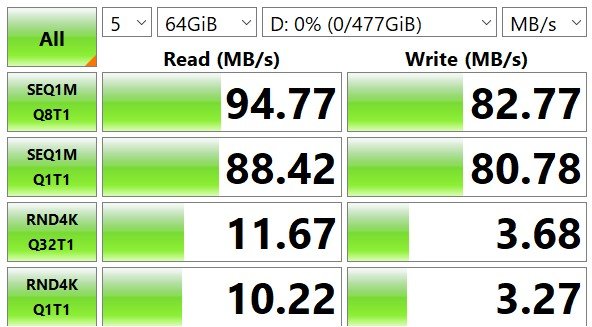
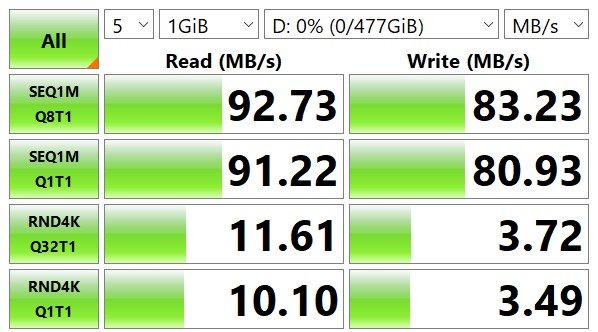
This is still decent performance for a UHS-I microSD card, but it's not what Samsung is advertising. Samsung isn't the only company to make its UHS-I cards seem a lot faster than most people will experience. Many of SanDisk's UHS-I cards also require a special reader (sold separately) to hit advertised speeds.
Samsung EVO Plus microSD (2021): Competition
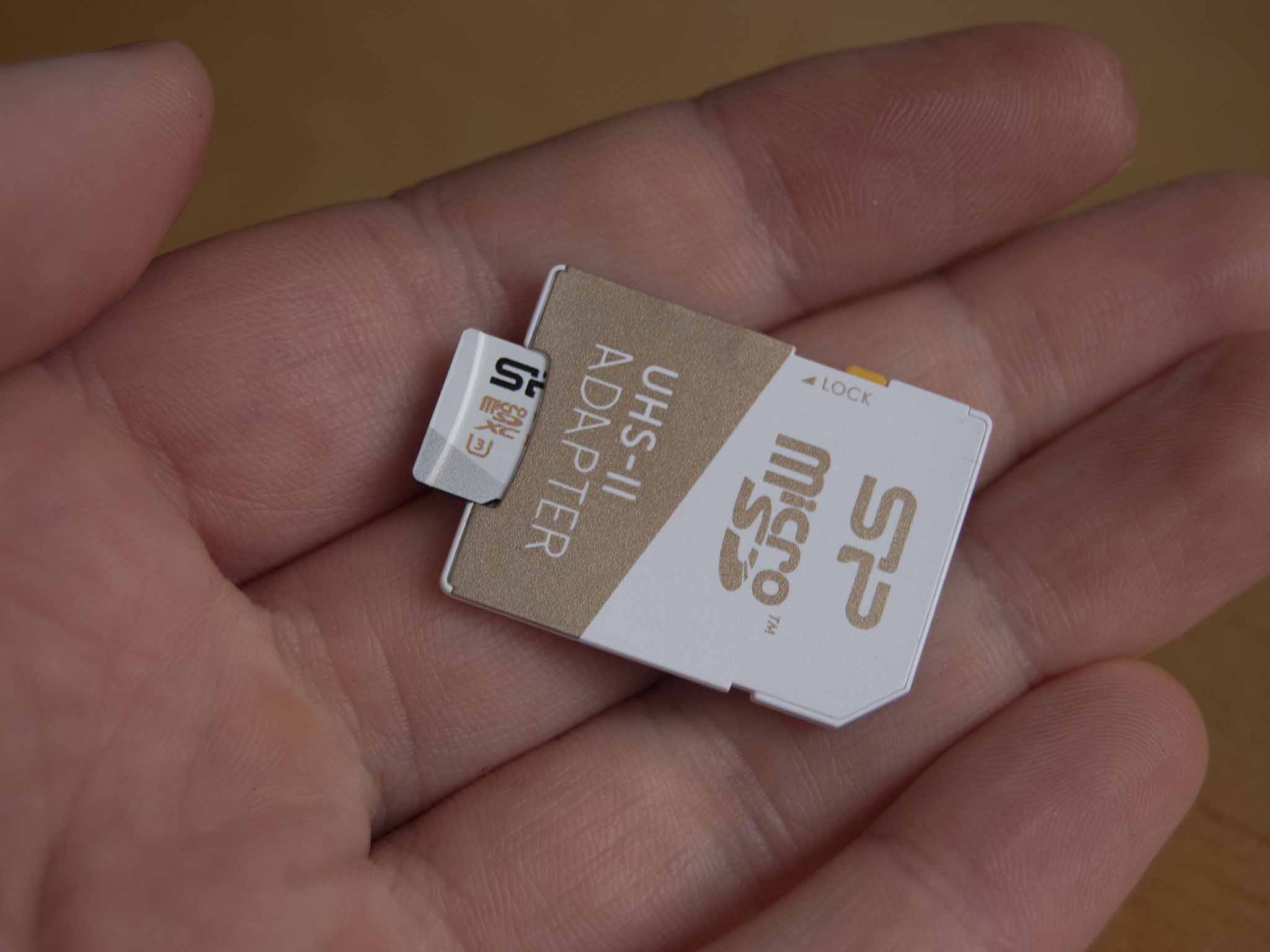
There's no shortage of microSD cards on the market, and you can spend hours shopping for the perfect one. If you are planning on working with high-res video, something like Silicon Power's Superior Pro should be a solid choice. It's a UHS-II card with V90, U3, and C10 ratings, making it cut out for photographers and videographers. It comes in 64GB and 128GB sizes.
As mentioned, the Samsung PRO Plus is a new addition announced alongside the new EVO Plus cards. They share most specs with the EVO Plus, but they have a higher theoretical speed limit with a special card reader. If you like Samsung's protection and warranty, this should be a better performer.
SanDisk's Extreme UHS-I microSD cards are available in plenty of sizes and offer solid performance with V30, U3, and A2 ratings. Sizes range from 32GB all the way up to 1TB. These cards have a high theoretical performance limit, though again a special card reader will be needed to get past the UHS-I 104MB/s read speed ceiling.
Samsung EVO Plus microSD (2021): Should you buy it?
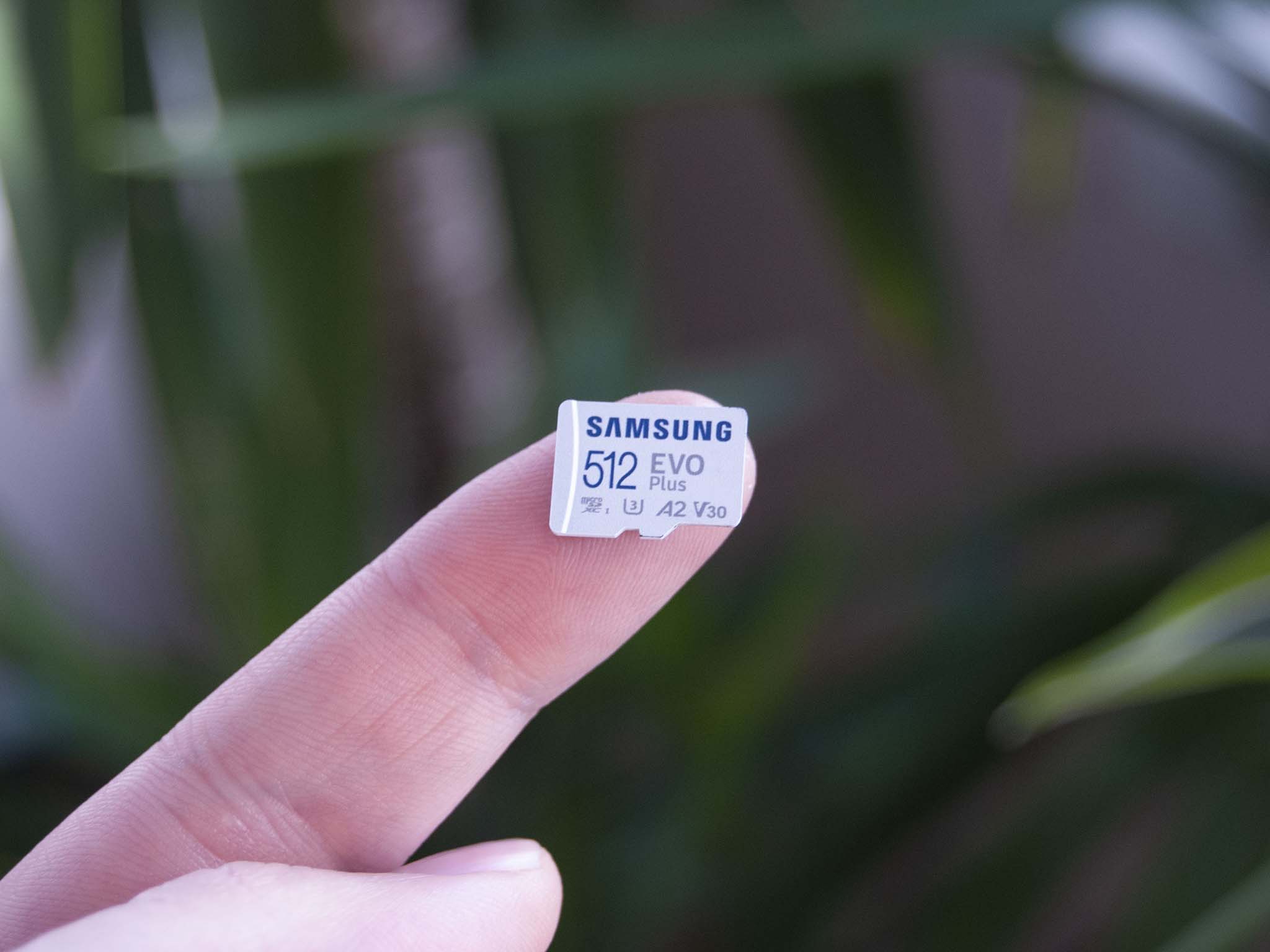
You should buy this if ...
- You want a 10-year warranty
- You want plenty of environmental protection for your card
- You want a microSD card to work with a phone, tablet, or PC
You shouldn't buy this if ...
- You have a UHS-II card reader and want a card that can match
- You want the cheapest microSD card out there
- You're expecting advertised speeds with a regular UHS-I card reader
Advertised speeds of these microSD cards can and no doubt will catch many people off guard. The 130MB/s transfer promise isn't achievable without a specialized reader, which most people don't have. Testing the card in three different readers saw read speeds get no higher than about 95MB/s. That's not a bad result for a UHS-I card, but it's not close to what's printed on the package. At least performance is steady whether you're working with large or small file sizes.
The A2 rating makes the cards better suited for use with phone, tablet, and PC apps, and the C10, V30, and U3 ratings have them easily handling FHD video. Do note that this only applies to the 128GB, 256GB, and 512GB versions; the 64GB version has lesser specs.
The new EVO Plus cards for 2021 aren't the cheapest options out there, but the supporting features should make up for the price. The 10-year warranty won't necessarily save your data if something goes wrong, but it inspires confidence when combined with the six layers of protection. As long as you don't go in expecting any old card reader to hit the advertised performance ceiling, the new EVO Plus cards will get the job done.

Cale Hunt brings to Windows Central more than eight years of experience writing about laptops, PCs, accessories, games, and beyond. If it runs Windows or in some way complements the hardware, there’s a good chance he knows about it, has written about it, or is already busy testing it.
